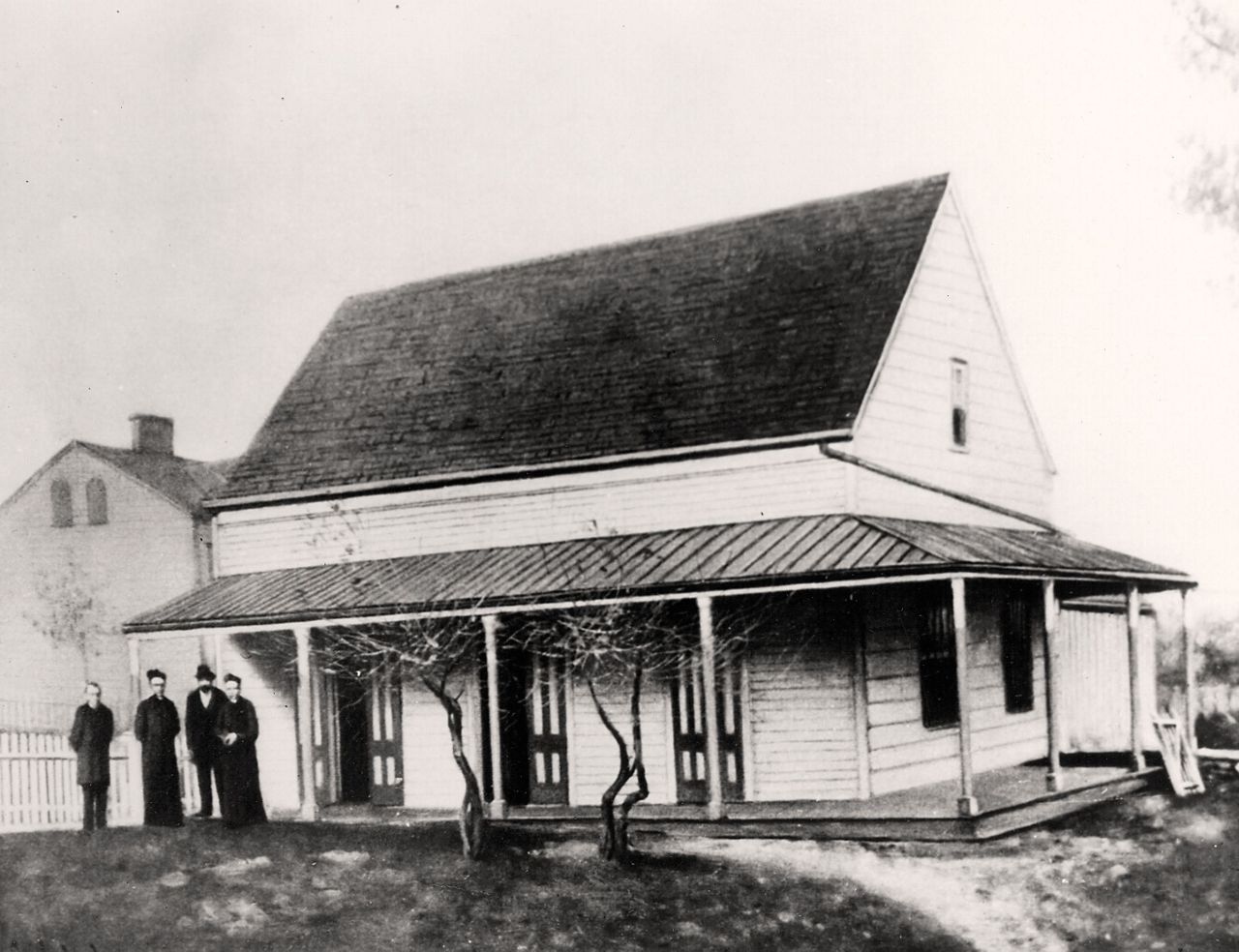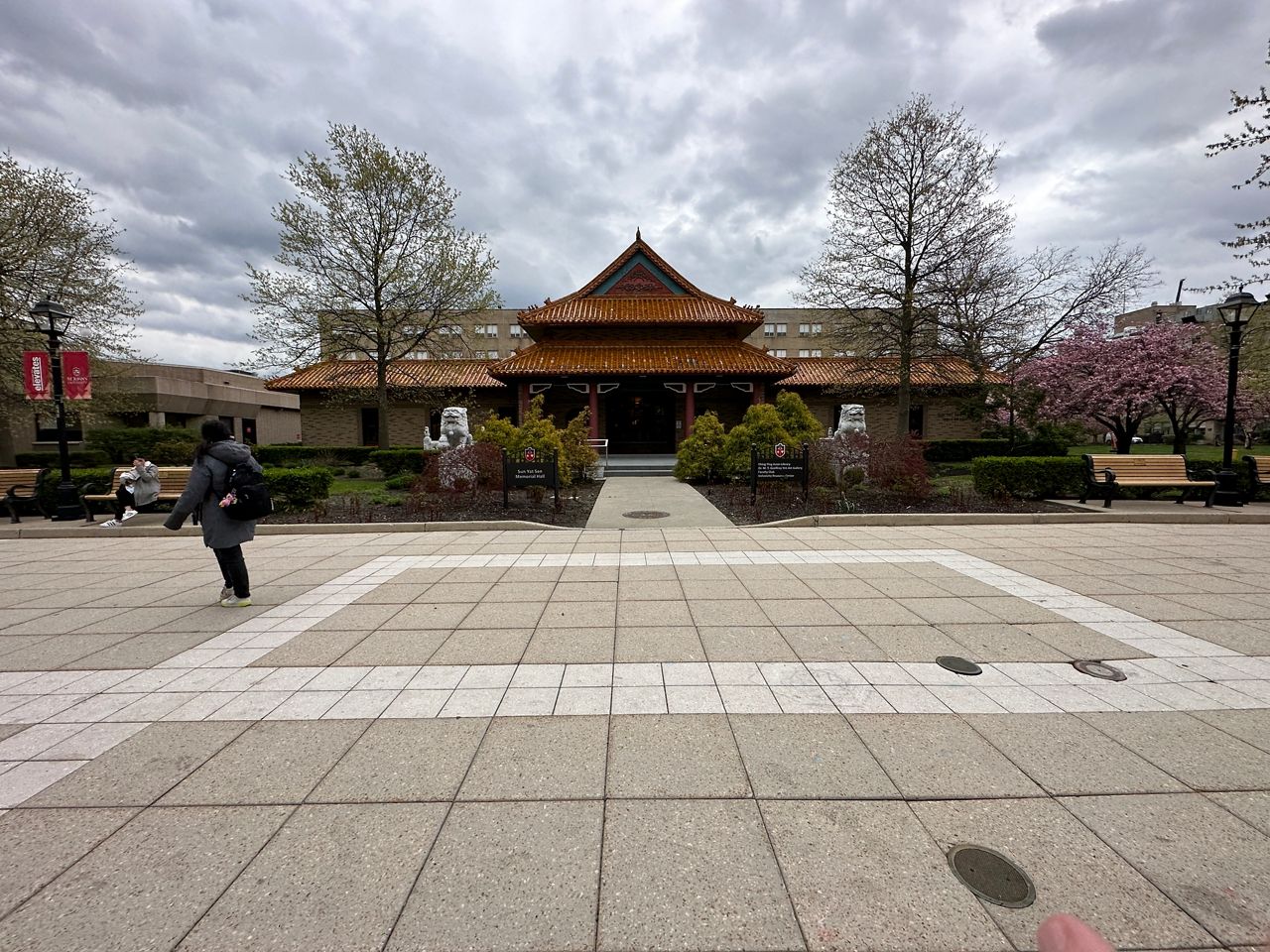It’s hard to believe St. John’s University’s Queens campus, with 20,000 students, started from very humble beginnings — and not in the borough of Queens.
“We started in Brooklyn in a one-room farmhouse, 47 students, eight faculty members,” said Brian Browne, associate vice president of university communications and public affairs at St. John’s. Browne is an alumnus of the school, and has worked there for 25 years.
The university, founded by the Roman Catholic Vincentian priests and brothers, moved into bigger digs in Bedford-Stuyvesant, Brooklyn, but then in the 1930s purchased property in Queens, on what was then the Hillcrest Golf Course.
What You Need To Know
- St. John's University was founded in 1870 in Brooklyn by the Roman Catholic Vincentian priests and brothers
- The university moved to the site of a former golf course in Hillcrest, Queens in the 1950s
- Famous alumni include Mario Cuomo, Hugh Carey, John Franco, Charles Rangel and Melinda Katz
“Then World War II came, and development was delayed, and for a long time, over 20 years. It was still an active golf course, but there was a sign out in the front that said, 'Future home of St. John’s University,' and it was [a] long time, and it did get developed and it started developing the classroom buildings, many of them that are still here now,” Browne said.

Among those is St. John Hall, the first academic building on campus.
There is the great lawn, home of the university’s commencement ceremony, and a church added in 2004 with a mosaic handcrafted by Italian craftsmen telling the story of the university.
The Asian Studies building from the 1970s has a roof of glazed tiles imported from Taiwan, with a beautifully decorated library.

The D’Angelo Center is modeled after the great hall on Ellis Island, a nod to the many immigrants and children of immigrants that have studied at the university.
St. John’s also has a great sports tradition, in particular in basketball.
There are statues of legendary coaches and basketball Hall of Famers Joe Lapchick and Lou Carnesseca, the latter in the arena named for the Hall of Fame coach.
On the way is the St. Vincent Health Sciences Center, which will be a model for energy efficiency.
The school has come a long way from those early days in Brooklyn, with 195,000 alumni and counting.
“We are a campus that welcomes people of all faiths, and you see that as you walk around the campus, just tremendous diversity,” Browne said. “We look like Queens, and we are very proud of that.”



